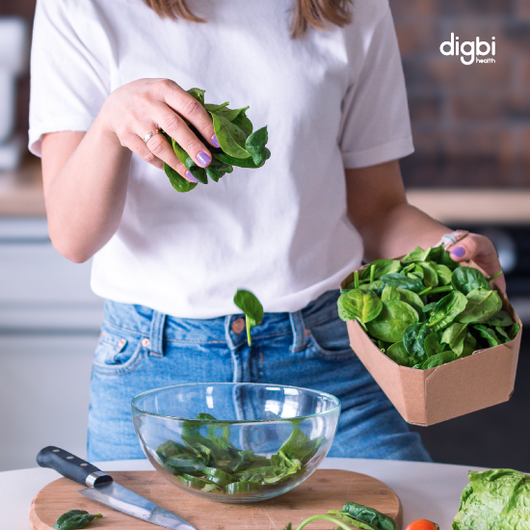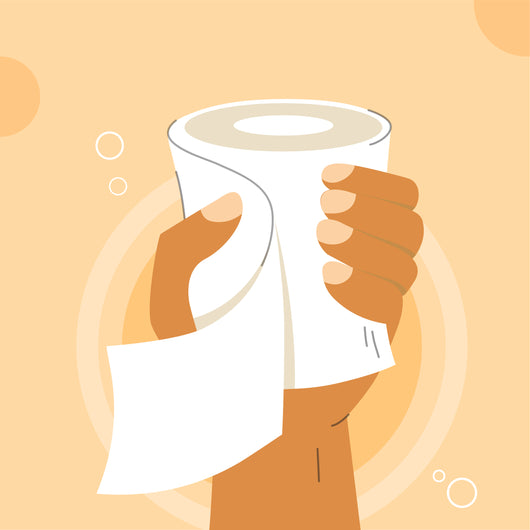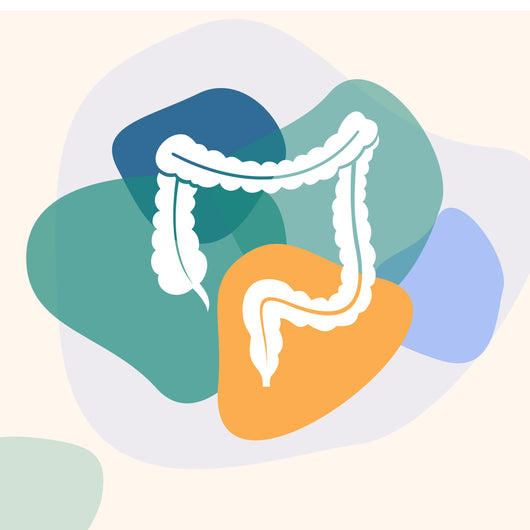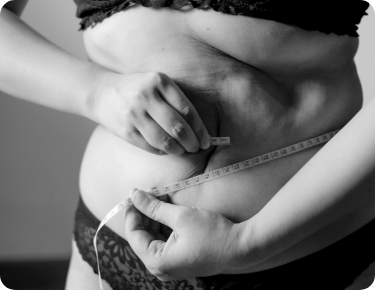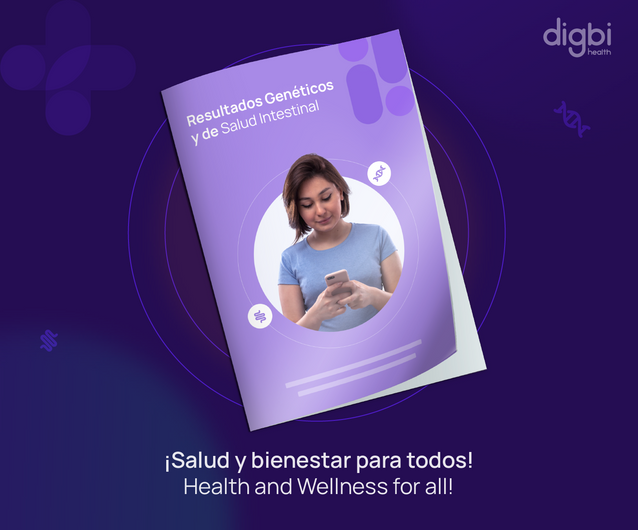Why It Matters
At first glance, the topic of stool might not be your first choice for reading material. However, understanding what's considered "normal" can be a crucial indicator of your overall health. When it comes to managing and understanding our digestive health, the Bristol Stool Chart, a medical resource developed at the University of Bristol, is a pivotal tool, and its integration into the Digbi Health app has made tracking this aspect of our wellness more accessible than ever.
The Interface of Wellness
In the Digbi app, you can easily log your daily bowel movements. The app presents a simplified version of the Bristol Stool Chart, allowing you to select from types 1 (hard lumps, indicating constipation) to 7 (entirely liquid, indicating diarrhea). The goal is to help you identify patterns and make informed decisions about your diet and lifestyle.
How to Use the App's Chart Feature
Using the app's intuitive interface, you can:
- Log the Time: Record the time of your bowel movement to track the regularity of your digestive system.
- Select the Type: Choose the Bristol Stool Chart type that matches your experience. This insight can help you understand your body's current digestive state.
- Add Details: If needed, you can add details about your stool that may be relevant for a more comprehensive health overview.

Breaking Down the Chart
The Bristol Stool Chart categorizes stool into seven distinct types, ranging from Type 1 (hard and difficult to pass) to Type 7 (liquid and entirely lacking solid pieces). Here's a brief overview:
- Type 1: Separate hard lumps, like nuts (difficult to pass)
- Type 2: Sausage-shaped but lumpy
- Type 3: Like a sausage but with cracks on its surface
- Type 4: Like a sausage or snake, smooth and soft
- Type 5: Soft blobs with clear-cut edges
- Type 6: Fluffy pieces with ragged edges, a mushy stool
- Type 7: Watery, no solid pieces
What Your Stool Can Tell You
Types 1 and 2 might indicate constipation, often resulting from a lack of fiber or hydration in your diet.
Types 3 and 4 are considered ideal. They suggest a well-functioning digestive system, indicating you get enough fiber and fluids.
Types 5 through 7 can indicate diarrhea or a potential issue with the body's ability to absorb nutrients efficiently.
Understanding the Bristol Stool Chart and the Impact of Fiber on Digestive Health
The Dual Role of Fiber in Digestive Health
Fiber is categorized into two types: digestible (soluble) and non-digestible (insoluble), each playing a unique role in digestive health.Digestible (Soluble): Fiber dissolves in water to form a gel-like substance, slowing digestion and helping manage diarrhea by absorbing excess water.
Non-digestible (Insoluble): Fiber adds bulk to the stool and aids in combating constipation by promoting quicker, smoother bowel movements.
Fiber's Role in Managing Digestive Issues
For constipation, a diet high in non-digestible fiber is beneficial, as it helps to soften and increase the bulk of the stool, facilitating easier passage. In contrast, digestible fiber can manage diarrhea, which absorbs water and solidifies the stool.
Balancing Fiber Intake
A balanced diet incorporating both types of fiber can significantly enhance digestive health, supporting the management of bowel movement issues and overall wellness. Foods like oats, apples, and beans (rich in soluble fiber) and whole grains and vegetables like cauliflower (high in insoluble fiber) are excellent dietary additions.




